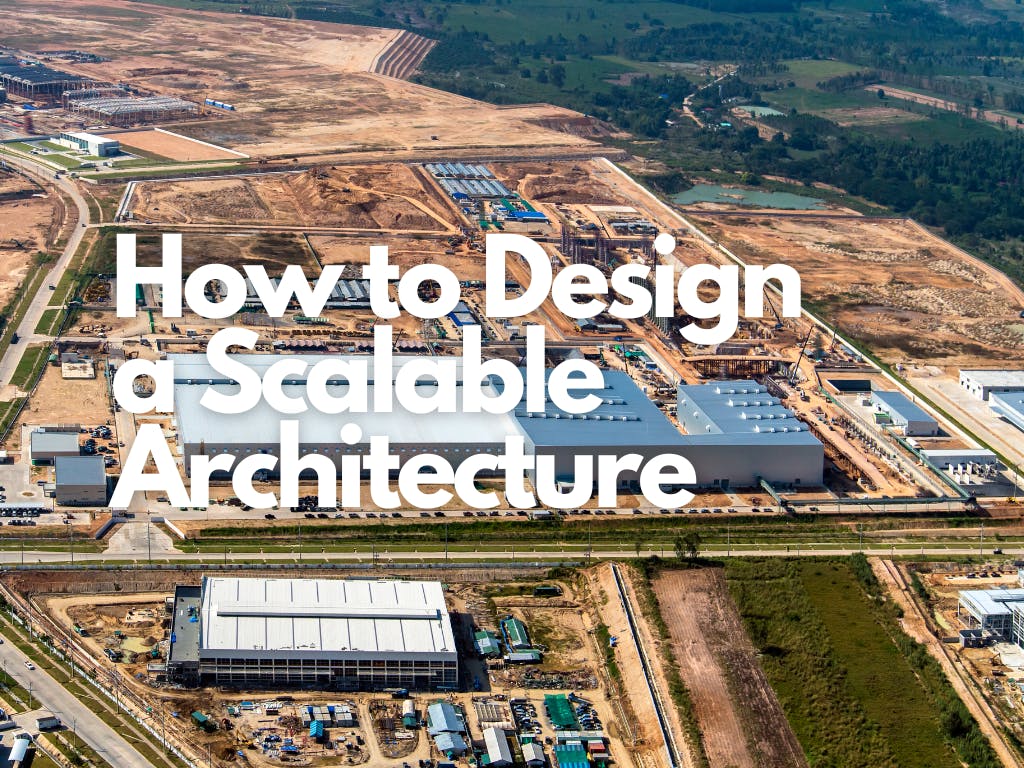Designing a scalable architecture is a crucial step in ensuring the success of any software project. The ability to handle increased demand and growth is a key factor in the long-term success of a product. In this article, we will explore the key principles and considerations for designing a scalable architecture.
- Identify the Key Components of the System
The first step in designing a scalable architecture is to identify the key components of the system. This includes understanding the relationships between different components, the data flow, and the dependencies. This information is critical in determining the best way to scale the system as it grows.
- Decide on a Scalable Architecture Pattern
There are several scalable architecture patterns to choose from, including the microservices architecture, the event-driven architecture, and the shared-nothing architecture. The choice of architecture pattern will depend on the specific requirements of the system, such as data consistency, performance, and reliability.
- Use Load Balancing
Load balancing is a crucial component of a scalable architecture. It helps distribute the incoming requests evenly across multiple servers, ensuring that no single server becomes a bottleneck. Load balancing can be achieved through hardware load balancers or software-based solutions.
- Consider Using a Cache
Caching is a powerful tool for improving the performance of a scalable architecture. By caching frequently accessed data, the system can avoid the overhead of accessing the data from a slower storage layer. Caching can be achieved through in-memory caching solutions or distributed caching solutions.
- Design for Failure
Designing for failure is a key principle in scalable architecture. The system should be able to handle failures gracefully, such as the failure of a single component or an entire server. This can be achieved through redundancy, such as having multiple servers for a single component, and using fault-tolerant algorithms.
- Monitor and Measure Performance
Monitoring and measuring performance is critical in a scalable architecture. It allows the system to detect and resolve performance bottlenecks and to track the effectiveness of any scalability improvements. Monitoring can be achieved through performance monitoring tools, such as AppDynamics or New Relic, or through custom-built solutions.
- Continuously Refine and Improve
Finally, it is important to refine and improve the scalable architecture continuously. This may involve adjusting the architecture pattern, improving the load balancing and caching strategies, or adding new components. The goal is to ensure that the architecture can handle increased demand and growth and to provide a high-performance and reliable system for end-users.
To Summarize
- Monitor and measure performance regularly.
- Use caching to improve performance.
- Implement load balancing to distribute incoming requests evenly.
- Decompose the monolithic codebase into smaller, more manageable components.
- Use database sharding to distribute the load and allow for horizontal scaling.
- Consider vertical scaling as a short-term solution, but plan for a more scalable architecture in the long run.
These actions can help you ensure that your monolithic architecture is scalable and able to handle increased demand and growth.
